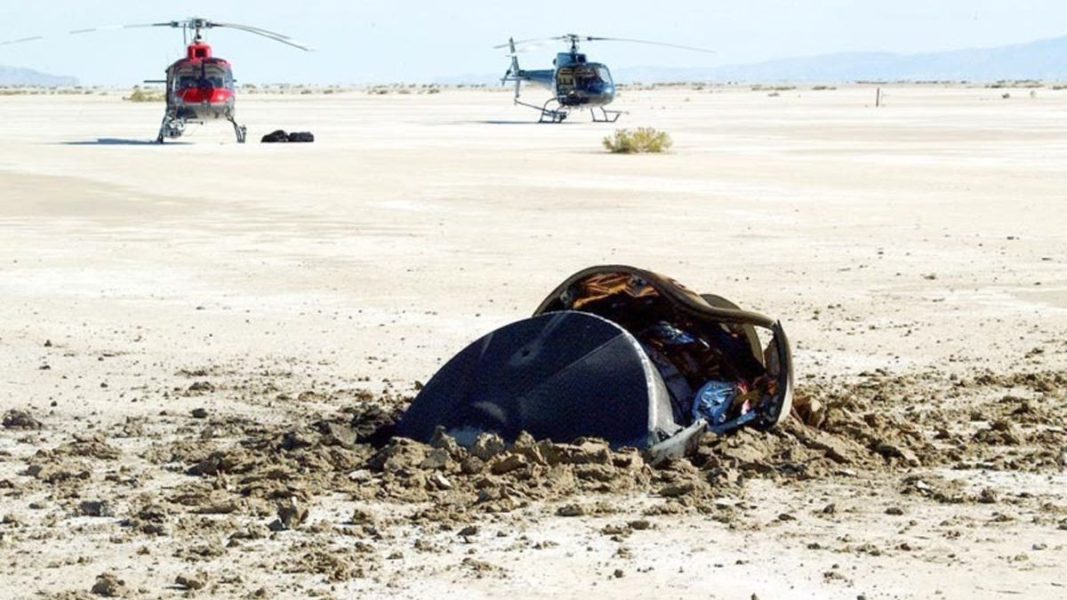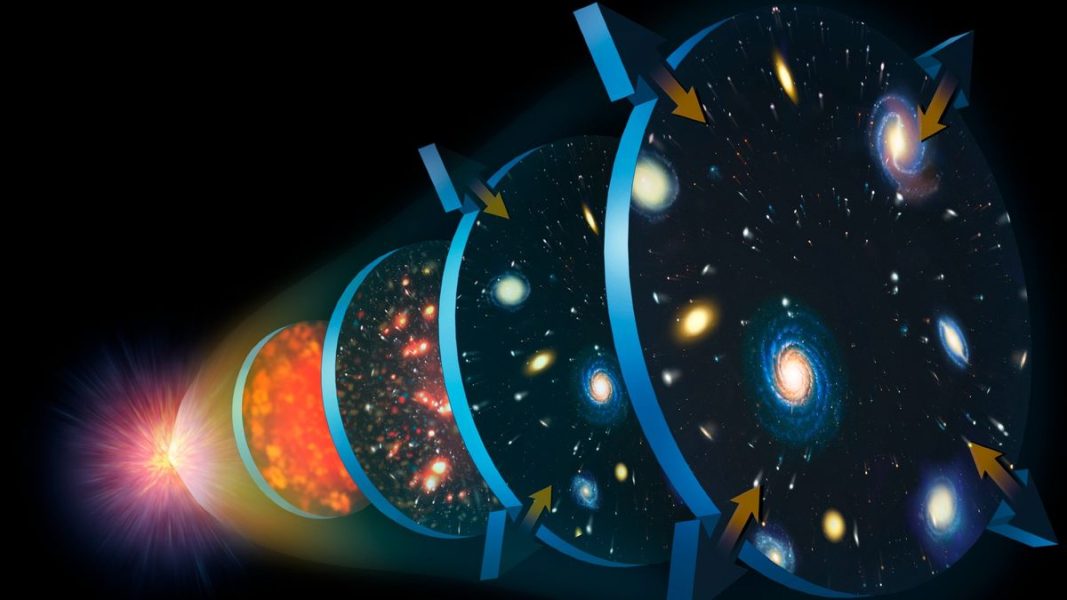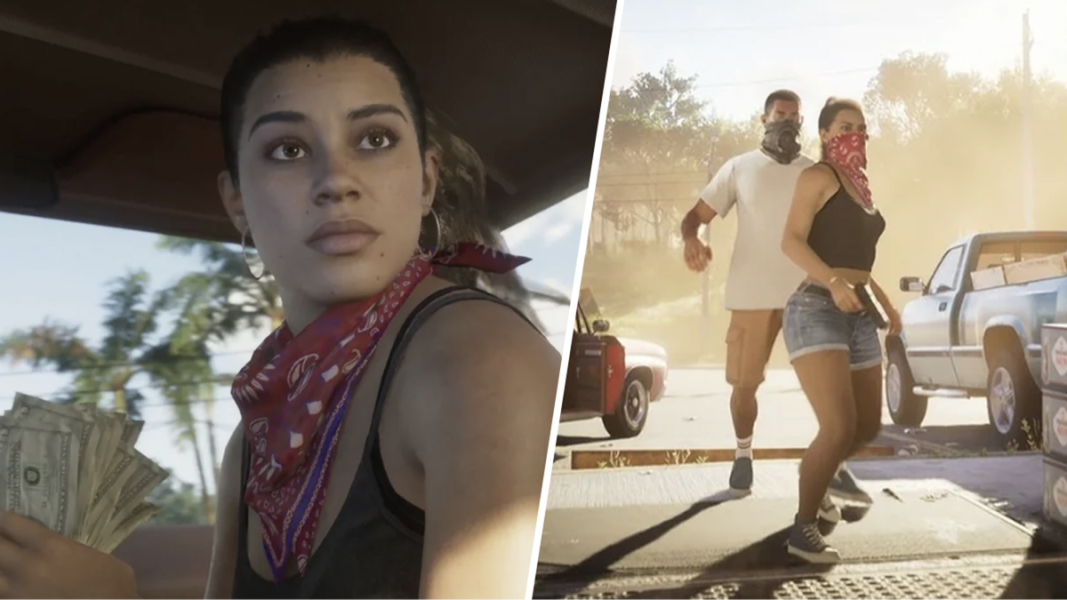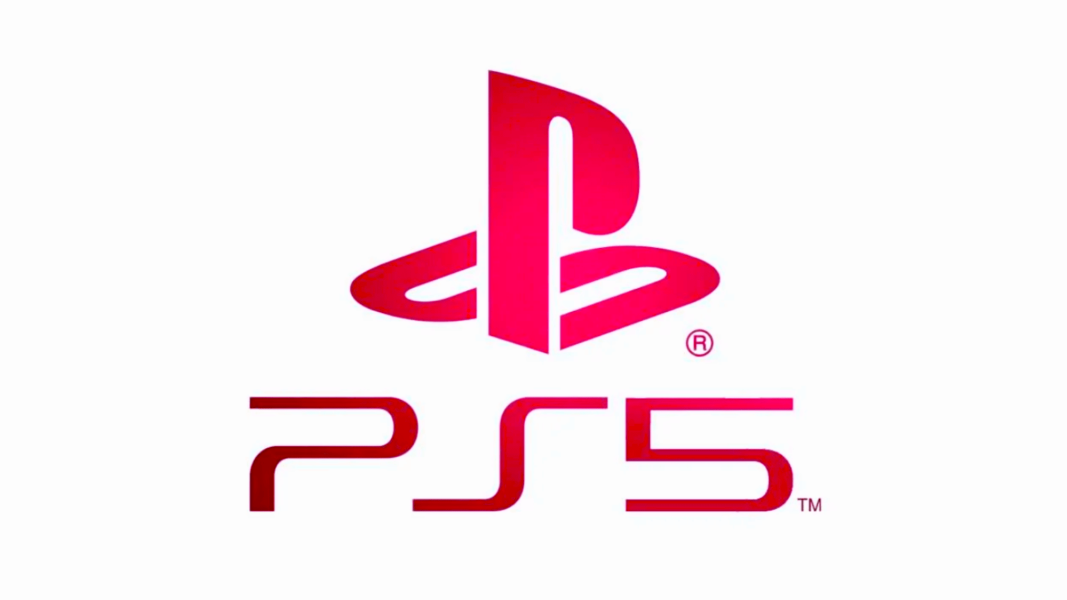2.5-Billion-Pixel Andromeda Galaxy Panorama Worth The Decade Of Hubble Observations – IFLScience
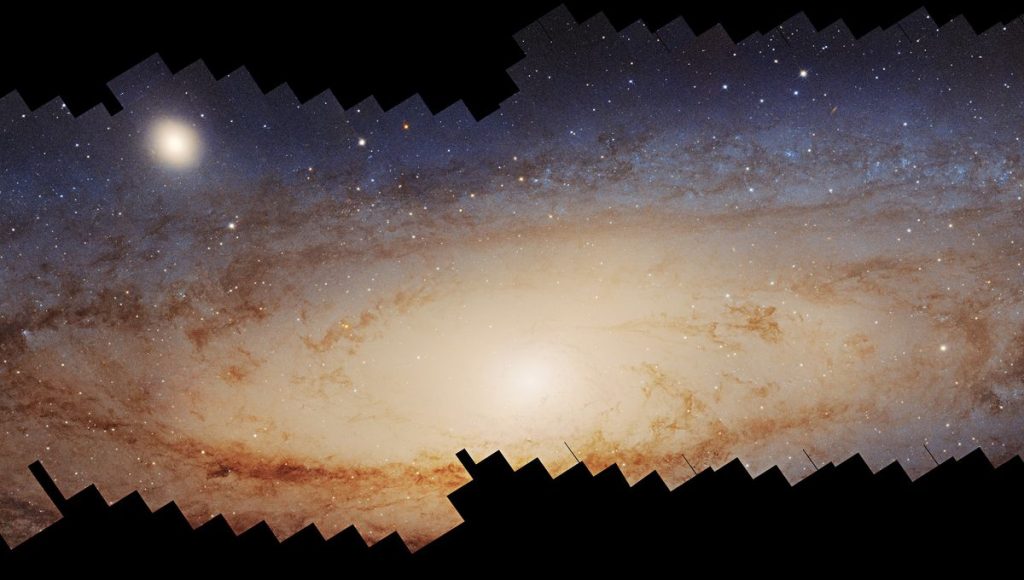
CLOSEWe have emailed you a PDF version of the article you requested.Please check your spam or junk folder You can also addnewsletters@iflscience.comto your safe senders list to ensure you never miss a message from us.CLOSEComplete the form below and we will email you a PDF versionGET PDFCancel and go backIFLScience needs the contact information you provide to us to contact you about our products and services. You may unsubscribe from these communications at any time.For information on how to unsubscribe, as well as our privacy practices and commitment to protecting your privacy, check out ourPrivacy PolicyCLOSEComplete the form below to listen to the audio version of this articleListenCancel and go backIFLScience needs the contact information you provide to us to contact you about our products and services. You may unsubscribe from these communications at any time.For information on how to unsubscribe, as well as our privacy practices and commitment to protecting your privacy, check out ourPrivacy PolicyAdvertisementSearchSubscribe today for our Weekly Newsletter in your inbox!Subscribe today for our Weekly Newsletter in your inbox!Dr. Alfredo CarpinetiDr. Alfredo CarpinetiSenior Staff Writer & Space CorrespondentAlfredo (he/him) has a PhD in Astrophysics on galaxy evolution and a Master’s in Quantum Fields and Fundamental Forces.BookView full profileBookRead IFLScience Editorial PolicySenior Staff Writer & Space CorrespondentLaura SimmonsHealth & Medicine EditorLaura is an editor and staff writer at IFLScience. She obtained her Master’s in Experimental Neuroscience from Imperial College London.BookView full profileBookRead IFLScience Editorial PolicyDOWNLOAD PDF VERSIONA portion of the full incredible image.Image credit: NASA, ESA, Benjamin F. Williams (UWashington), Zhuo Chen (UWashington), L. Clifton Johnson (Northwestern); Image processing: Joseph DePasquale (STScI)DOWNLOAD PDF VERSIONAndromeda is the closest large galaxy to the Milky Way. And it is getting closer, as the two will merge in several billion years. It has been an object of study for centuries, but we have never seen it like this. The Hubble Space Telescope has just finished a campaign of observations that lasted for more than 10 years, creating the deepest observations of this galaxy ever.The galaxy is so large that 600 separate fields of view had to be assembled in an extraordinary mosaic with 2.5 billion pixels. Hubble was able to resolve about 200 million stars, all hotter than our Sun. A large number, but still a tiny fraction of the galaxy’s total stellar population. Andromeda is estimated to have 1 trillion stars. Still, this drop in the ocean tells us a lot about the galaxy.”With Hubble we can get into enormous detail about what’s happening on a holistic scale across the entire disk of the galaxy. You can’t do that with any other large galaxy,” principal investigator Ben Williams of the University of Washington said in a statement.The work has revealed that Andromeda is a lot more chaotic than expected. Similar to what recently retired Gaia did for the Milky Way, Hubble spotted the hallmarks of a past collision: the presence of a large stellar population, coherent streams of stars, etc. “Andromeda’s a train wreck. It looks like it has been through some kind of event that caused it to form a lot of stars and then just shut down,” added Daniel Weisz at the University of California, Berkeley. “This was probably due to a collision with another galaxy in the neighborhood.”It is possible that the compact satellite of Andromeda known as Messier 32 was the culprit, and that Andromeda stole its little neighbor’s gas, using it all up to form a lot of new stars.”Andromeda looks like a transitional type of galaxy that’s between a star-forming spiral and a sort of elliptical galaxy dominated by aging red stars,” said Weisz. “We can tell it’s got this big central bulge of older stars and a star-forming disk that’s not as active as you might expect given the galaxy’s mass.””This detailed look at the resolved stars will help us to piece together the galaxy’s past merger and interaction history,” added Williams.You can see the full picture here, and it is worth having it on the biggest screen you can find to truly appreciate the level of detail. We have placed a high resolution version (but not the highest) vertically for ease of scrolling, partly inspired by the infamous Tumblr post “Do you love the color of the sky?” We promise you, the scrolling will be worth it.A paper describing part of the observations, led by Zhuo Chen, is published in The Astrophysical Journal.galaxies,hubble,Andromeda,Astronomylink to articlelink to articlelink to articleAdvertisementAdvertisementAdvertisementlink to articlelink to articlelink to articleSign up today to get weekly science coverage direct to your inbox© 2025 IFLScience. All Rights Reserved. RSS

